Located in western Japan, Nagi town has more than just beautiful natural scenery and high agricultural production. It is a place that is going “against the flow” of the rest of the country in terms of birth rate.
According to The Guardian, the birth rate in Nagi was 2.95 in 2019, falling slightly to 2.68 in 2021. However, this figure is more than double the average birth rate in Japan of 1.3. The Japanese government recently forecast that the country's population will decline sharply from more than 125 million people today to 87 million people by 2070.
Along with the population decline, the economy is shrinking, putting enormous pressure on families and the labor market. Amid warnings from Japanese Prime Minister Fumio Kishida that the falling birth rate threatens the country's ability to grow, Nagi, with its 5,700 residents, has been dubbed Japan's "miracle town."
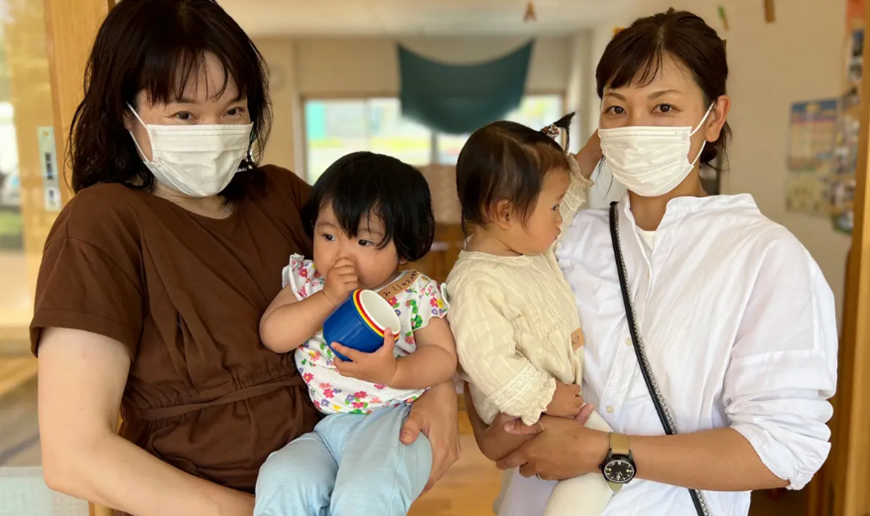 |
| Ms. Yuko Sugawara (left) and Ms. Manami Kuroyabu at a childcare facility in Nagi, Japan. Photo: The Guardian |
Over the past two decades, Nagi has implemented local initiatives to make the farming town an ideal place to raise children, thereby boosting the birth rate. In addition, Nagi offers generous financial support and childcare.
“We are trying to make child-rearing fun by removing the worries parents may have about finances or if their child gets sick, so they can balance family life and work,” said Takamasa Matsushita, a father of two and head of the town’s planning and information department.
Yukie Kaneko, 28, who has two daughters aged three and three months, told The Guardian that she and her husband had talked about having a third or even a fourth child. Households with three children are not uncommon in Nagi, where young families are eligible for financial support, including a one-off payment of 100,000 yen per child upon the birth of a child.
According to the town's statistics, 47% of households in Nagi have three or more children. Children receive free health care until they turn 18. Families also do not have to pay for textbooks until their children complete compulsory education at age 15. In addition, the town government subsidizes school meals and bus fares for students. In an effort to encourage young families to have children, the town also provides three-bedroom houses for a relatively low monthly rent of 50,000 yen.
In Nagi, residents are actively involved in supporting families with young children. At the Shigoto no Conbini convenience store, people in their 20s to 70s do jobs assigned by the town council, from cleaning public toilets to delivering mail. Yoshikazu Kuwamura, who manages the facility, says the program connects businesses with women of childbearing age and retirees and people who have not worked for many years.
“Parents can leave their children here while they work, or in the fields, and someone will look after them,” Yoshikazu said. Meanwhile, Hiroko Kaihara, a staff member at the nursery, is on hand to offer advice to mothers on everything from breastfeeding and diaper changing to dealing with tantrums. “They come here to talk about whatever is going on in their lives, not just about their children,” Hiroko said. “Some come every day, others only come once a week. Everyone is welcome. We want residents to raise their children openly.”
Most young couples in Nagi do not feel that they face too much pressure to have children. “It is an easy place to raise children,” said Manami Kuroyabu, a mother of three. “I don’t feel alone. There is always someone to help with childcare and there are plenty of opportunities for the children to play together.”
For her part, Yuko Sugawara, who has a 1-year-old daughter and is pregnant with her second child, believes that financial support is just one reason for Nagi’s high birth rate. “It’s not just a financial issue,” she said. “When we look around and see families with three or even four children, we think we can do it too.”
LAM ANH
Source


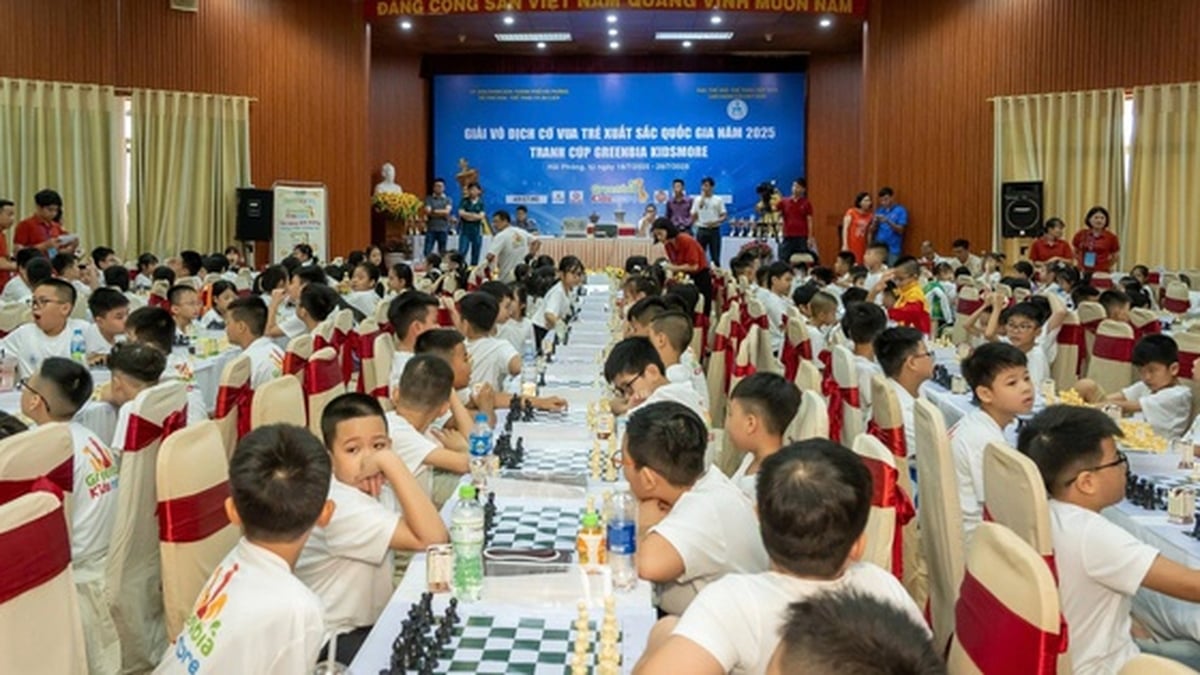

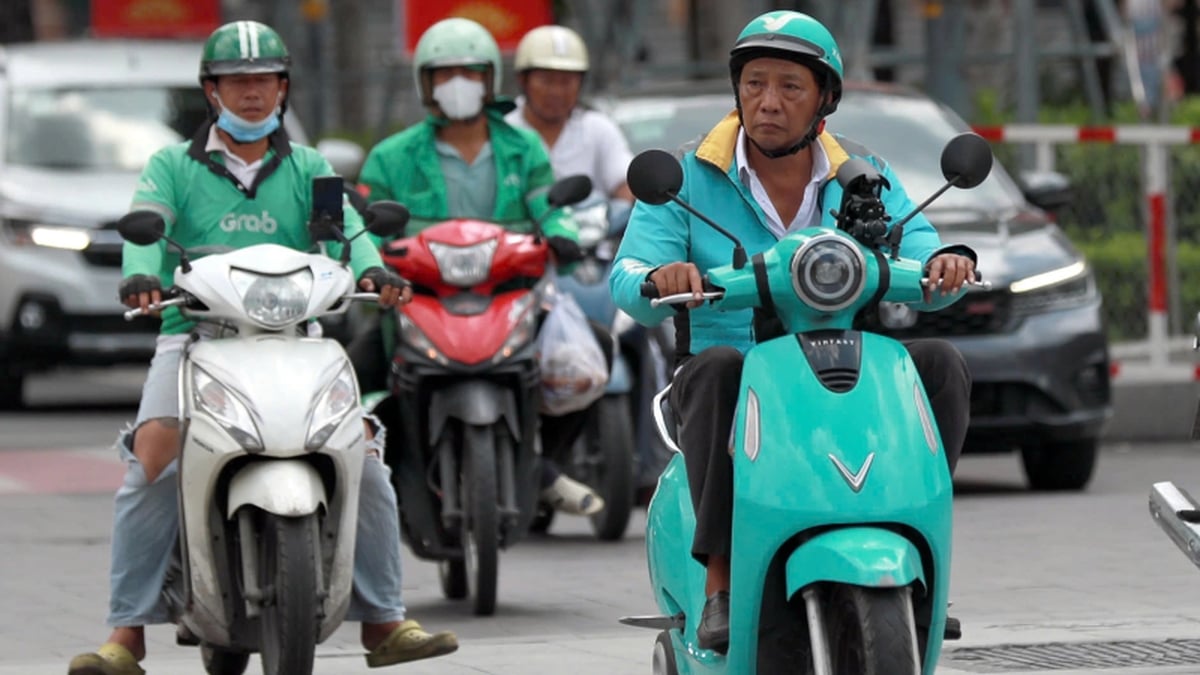
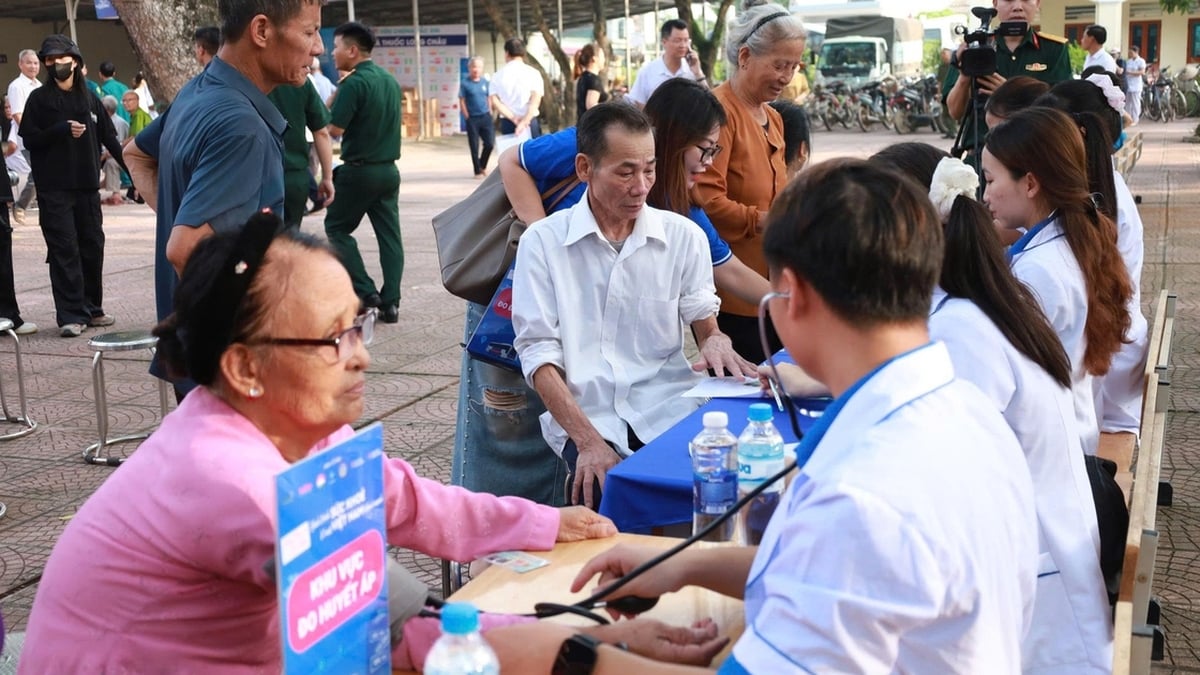

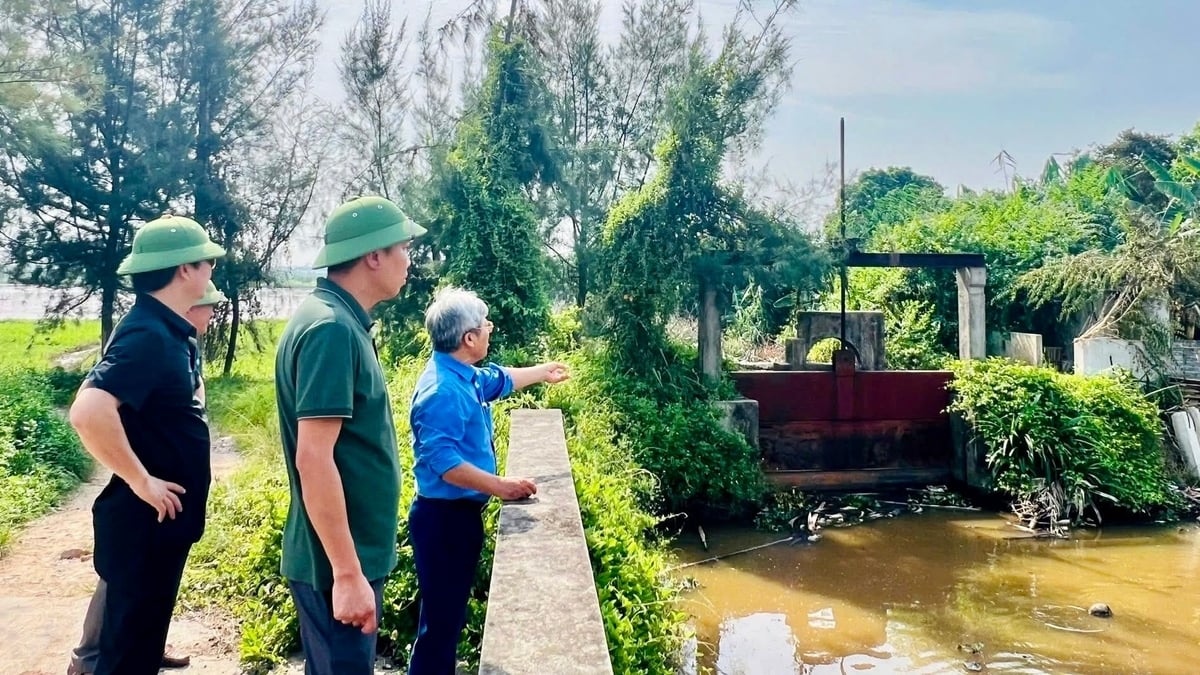
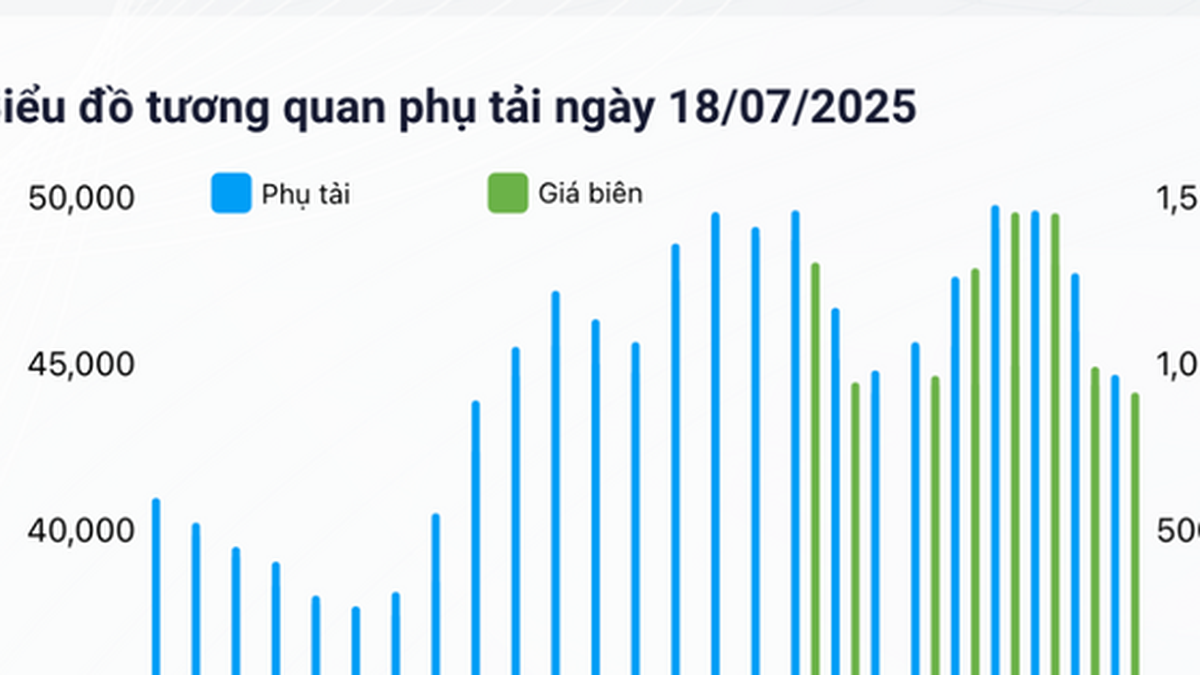

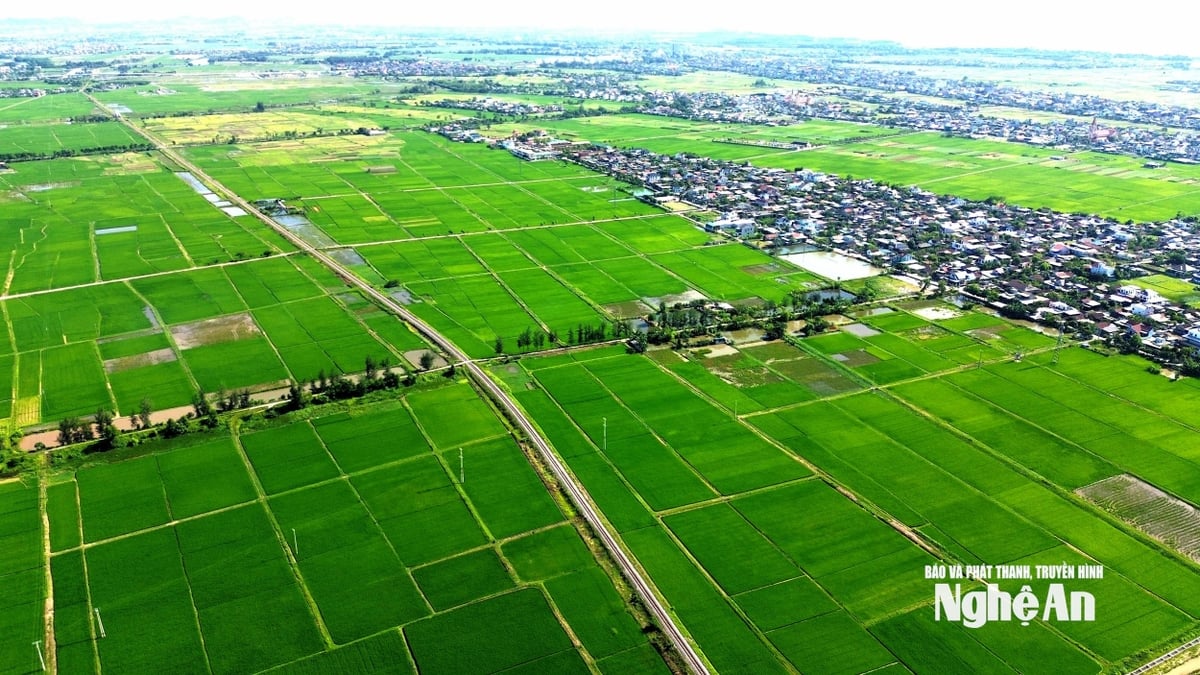



















































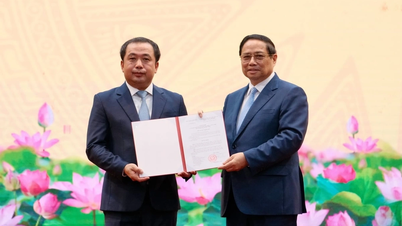



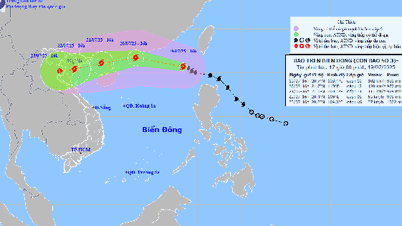



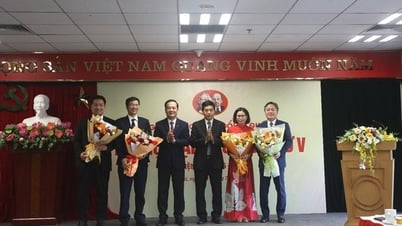

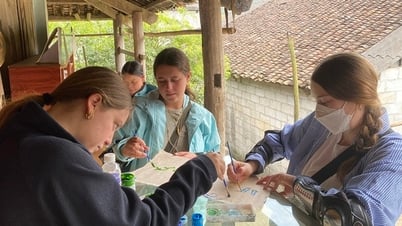

























Comment (0)